
Pediatric endoscopy
Our pediatric gastroenterologists use the very latest technology to identify the cause of your child’s abdominal symptoms
Learn about the procedures we offerPediatric Endoscopy
At Stanford Medicine Children’s Health, we have a high-volume, expert endoscopy center dedicated to pediatric patients of all ages. We ensure your child’s comfort and safety throughout the procedure, and we provide accurate results that empower you to understand your child’s condition and decide the best care path moving forward.
What is endoscopy?
Endoscopy is a minimally invasive medical procedure that’s performed to diagnose or treat a medical problem. With endoscopy, doctors use an endoscope to view the digestive system and detect gastrointestinal conditions via biopsy, helping you find answers to troubling symptoms your child may be having. There are different types of endoscopies, including upper endoscopy, lower endoscopy, and minimally invasive transnasal endoscopy and capsule endoscopy.
What is an endoscope?
An endoscope is a long, thin, flexible tool with a tiny, high-definition video camera and light source on one end. At Stanford Medicine Children’s Health, we use the latest, top-of-the-line scopes that have both photo and video capabilities. The endoscope can be passed into the GI tract through the mouth or the rectum to examine and diagnose gastrointestinal conditions. The endoscope can also be equipped with tiny tools that enable physicians to perform tasks, such as taking biopsies (small tissue samples) or removing polyps or foreign objects. With advanced endoscopy, even more precise diagnostics and treatments are performed.
What is transnasal endoscopy?
Transnasal endoscopy is a cutting-edge outpatient procedure that provides a simple, safe, and sedation-free alternative for evaluating the upper gastrointestinal tract (esophagus, stomach, and first part of the small intestine). We are the only children’s hospital in Northern California to offer this endoscopy option.
Transnasal endoscopy enables us to view your child’s upper GI tract and take a biopsy (tissue sample) to help diagnose disease, including inflammation in the esophagus such as eosinophilic esophagitis, gastroesophageal reflux, and celiac disease. We are also able to assess symptoms, such as difficulty swallowing, nausea, vomiting, and abdominal pain. Transnasal endoscopy empowers us to closely monitor your child’s disease and proactively adjust treatment to best care for your child. It is an easier alternative to upper endoscopy, which requires anesthesia. Because your child is awake, recovery is short and they can return to normal activities quickly.
In the clinic, a doctor numbs your child’s nose and throat, and then inserts an ultra-slim, flexible tube with a camera, made for small noses, into the upper GI tract. The procedure itself takes approximately 10 to 20 minutes. We ask that your child not eat or drink two to four hours prior to the appointment. Most children tolerate the procedure well. To make it more comfortable for your child, we offer entertainment in the form of virtual reality goggles and invite you to stay for emotional support.
Why Stanford Medicine Children’s Health for endoscopy?
Because our team of experts performs a large number of endoscopies each year, we are extremely adept at completing the procedure and understanding the results. All of our providers are pediatric gastroenterologists who are familiar with a child’s anatomy. We use the very latest scopes with the most advanced technology for accurate results, and we put safety above all else.
Call us today
Contact us to learn more about our pediatric endoscopy center or to schedule an appointment.
Pediatric Endoscopy Care Team
© 123 Stanford Medicine Children’s Health
Notice of Nondiscrimination Terms of Use Website Privacy Policy Code of Conduct Price Transparency Stanford School of Medicine Stanford Health Care Stanford University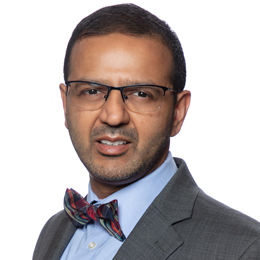
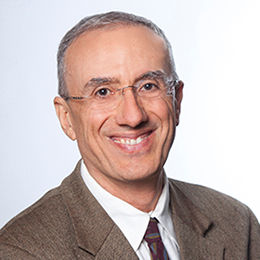
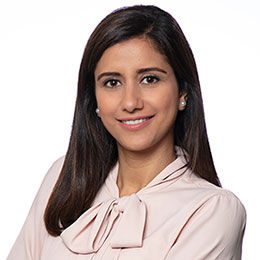
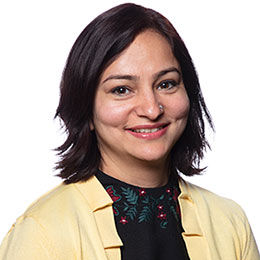




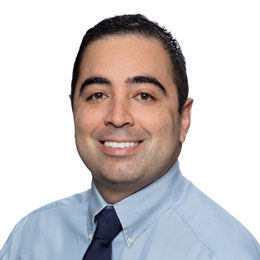


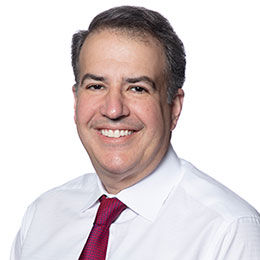
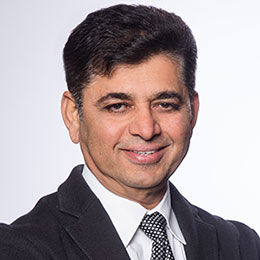

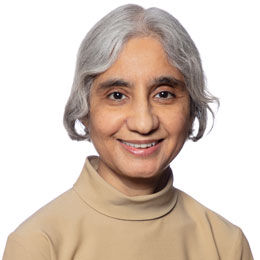
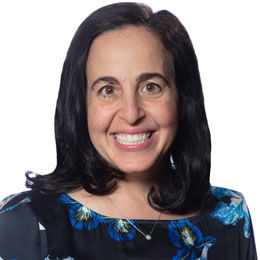

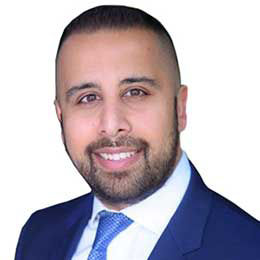

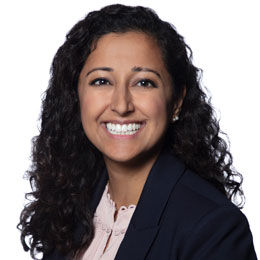




Connect with us:
Download our App: